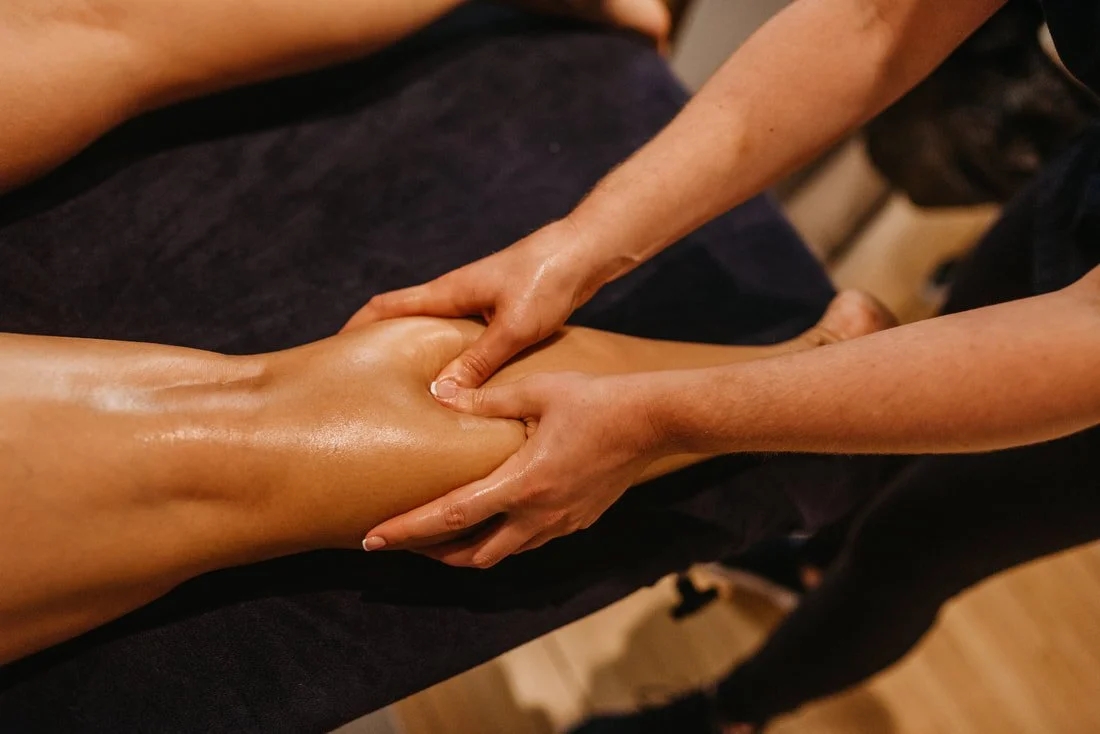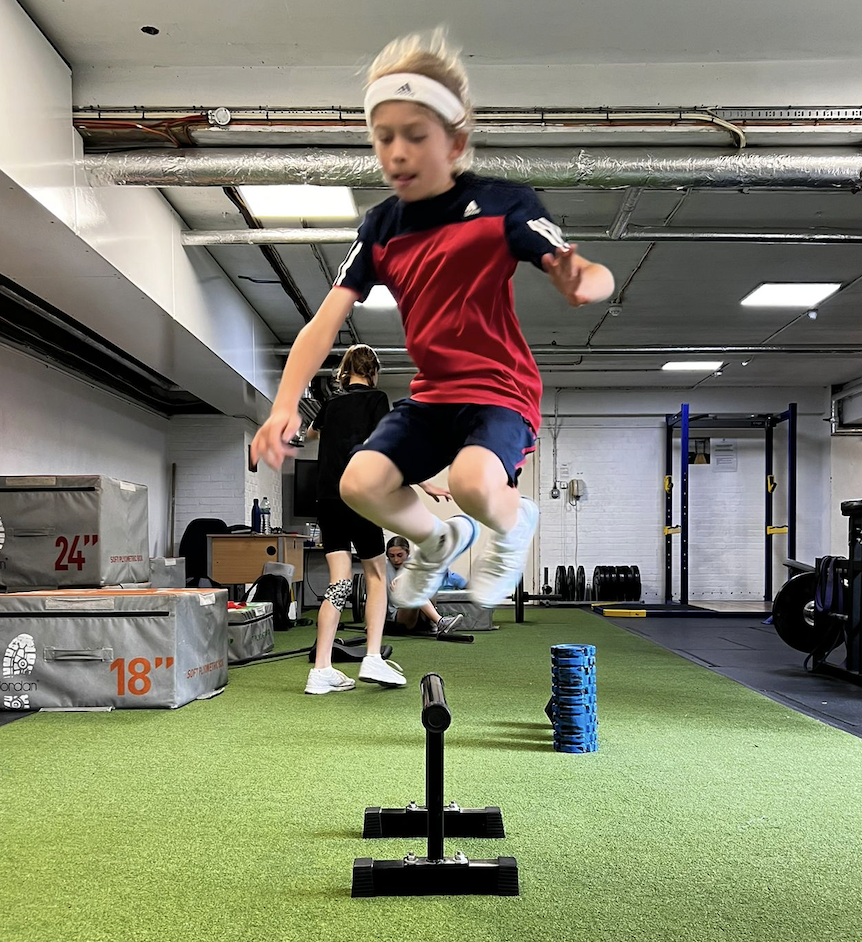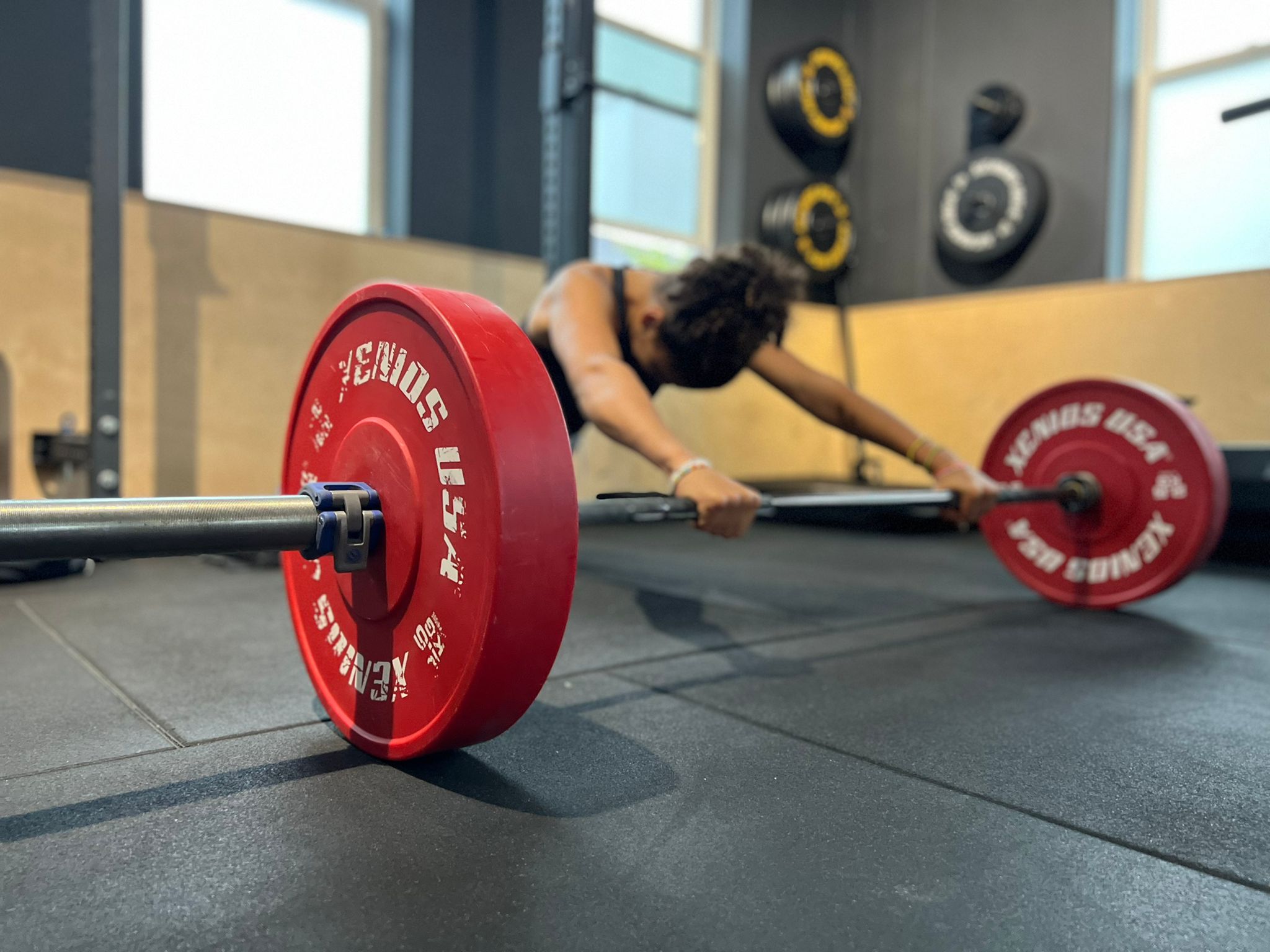

The Benefits of Sports Massage for Youth Athletes
In the world of youth sport, physical performance and recovery go hand in hand. While training builds key physical components such strength, speed, and power; it also places significant demands on growing bodies. One effective way to support these demands is through sports massage. Sports massage is a recovery and maintenance tool that promotes physical wellbeing and reduces the risk of injury.
- Reducing the risk of Injuries
Youth athletes often train multiple times a week, balancing games, practices, and strength sessions. This consistent workload can cause muscle fatigue, tightness, and imbalances. Sports massage helps to alleviate these issues by:
- Improving blood flow: Massage stimulates blood circulation, this increases oxygen and nutrient delivery to muscles, which accelerates recovery.
- Reducing muscle stiffness: Regular massage helps reduce delayed-onset muscle soreness (DOMS) after intense sessions.
- Addressing muscular imbalances: By targeting overactive or tight areas, massage can restore balance across opposing muscle groups — vital during adolescence when growth spurts can create uneven tension and coordination issues.
- Enhancing Recovery and Performance
Recovery is often overlooked in youth sport, but it’s a cornerstone of sustained progress. Sports massage supports recovery through both physiological and psychological mechanisms:
- Accelerated removal of waste products: Massage assists the lymphatic system in clearing metabolic by-products like lactic acid, reducing fatigue after demanding sessions.
- Improved range of motion: Increased range of motion (how far our joints can move) means better movement efficiency, allowing athletes to sprint, jump, and turn with greater ease. This in turn can reduce the stress on muscles during common movement patterns.
- Mental relaxation: Beyond the physical effects, massage is able to provide psychological benefits by reducing stress, essential for young athletes juggling sport, school, and social pressures.
- Supporting Long-Term Athletic Development (LTAD)
The goal for youth athletes should always be long-term progress, not just short-term results. Integrating regular sports massage into a young athlete’s routine can play a crucial role in the long-term athletic development (LTAD) pathway by:
- Encouraging body awareness: athletes learn how their muscles respond to training and recovery, promoting self-care habits.
- Reducing chronic tension and compensations: helping maintain optimal posture and movement mechanics as they grow. This prevents athletes from compensating movements which can lead to muscle imbalances.
- Supporting sustainable training loads: preventing burnout and allowing gradual, healthy development across all stages of maturation.
When combined with structured strength, conditioning, and flexibility programs, sports massage becomes an essential component of holistic athletic care.
Conclusion
Sports massage offers far more than just a feel-good experience, it’s a proactive recovery strategy that supports health, performance, and development. For youth athletes, it can:
- Reduce muscle tightness and reduce the likelihood of injuries.
- Enhance recovery and maintain performance
- Support long-term growth and physical literacy.
By integrating sports massage into their routine, young athletes can train consistently, recover effectively, and perform at their best both now and in the future.






